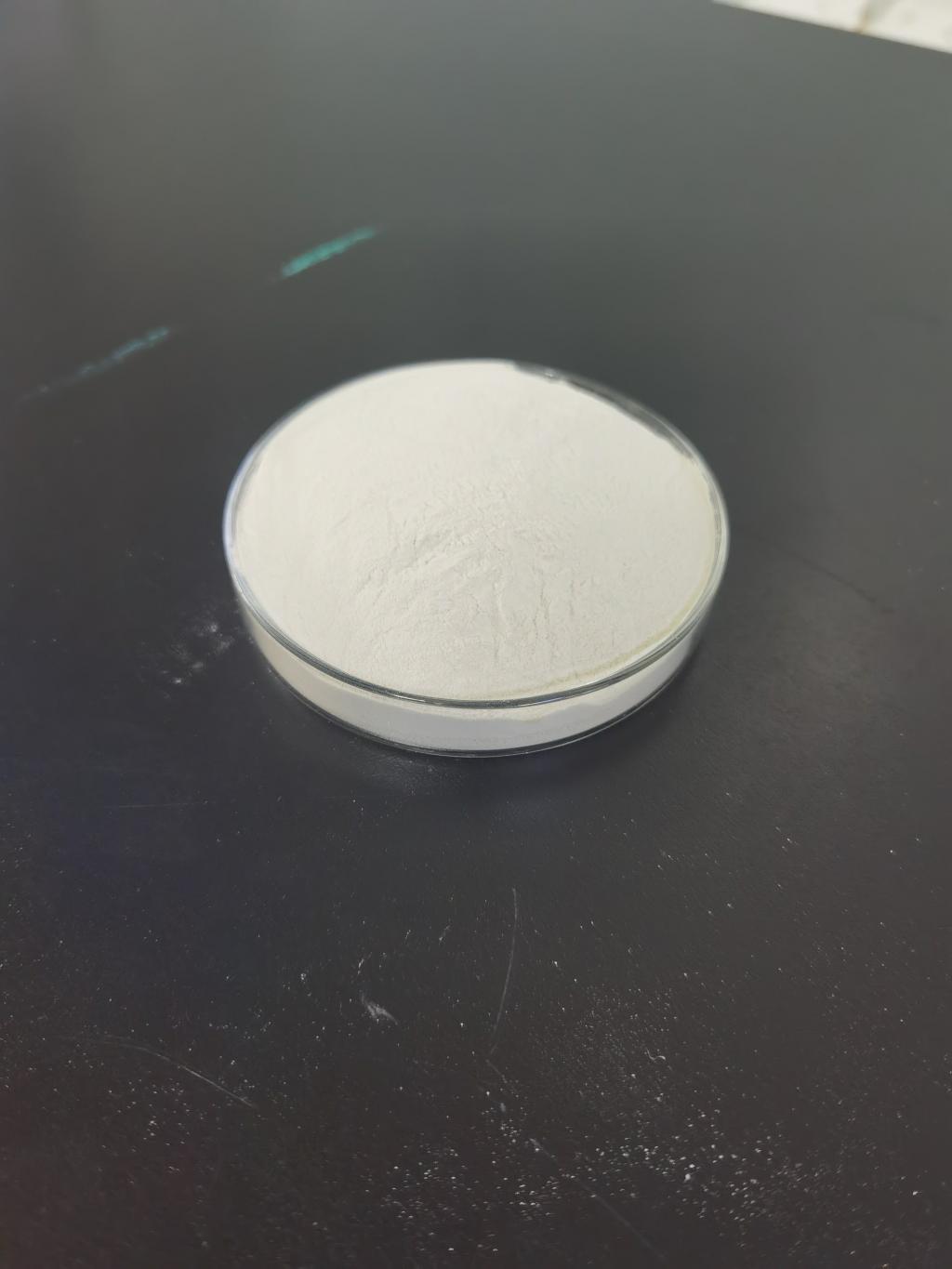Tel:+8618231198596

News
 CONTACT
CONTACT
 CONTACT
CONTACT
- Linkman:Linda Yao
- Tel: +8618231198596
- Email:linda.yao@dcpharma.cn
- Linkman:CHARLES.WANG
- Department:Overseas
- Tel: 0086 0311-85537378 0086 0311-85539701
News
Nisin Role in Elevating Food Safety Standards in Fast-Food Chains
TIME:2024-03-14
Understanding Nisin:
Nisin is a peptide produced by the bacterium Lactococcus lactis, traditionally used as a natural preservative in food products. Its antimicrobial properties stem from its ability to disrupt bacterial cell membranes, inhibiting their growth and proliferation. Nisin is generally recognized as safe (GRAS) by regulatory authorities, making it an attractive option for food preservation in fast-food chains.
Challenges in Fast-Food Safety:
Fast-food chains face unique challenges in maintaining food safety due to the high volume of food preparation, limited processing time, and complex supply chains. These factors increase the risk of microbial contamination and foodborne illness outbreaks. Traditional preservatives may not always be sufficient to address these challenges, necessitating the adoption of alternative strategies such as nisin.
Role of Nisin in Food Safety:
Nisin offers several advantages in enhancing food safety within fast-food chains:
a. Microbial Control: Nisin effectively inhibits the growth of common foodborne pathogens such as Listeria monocytogenes, Staphylococcus aureus, and Clostridium botulinum. Its broad-spectrum antimicrobial activity makes it a valuable tool for preventing microbial contamination during food preparation and storage.
b. Extended Shelf Life: By extending the shelf life of perishable food items, nisin reduces the likelihood of spoilage and microbial growth. This not only improves food safety but also minimizes food waste, contributing to sustainability efforts.
c. Clean Labeling: Consumers increasingly prefer clean-label products without synthetic additives. Nisin's natural origin and safety profile align with this trend, allowing fast-food chains to meet consumer expectations for transparency and quality.
d. Versatility: Nisin can be incorporated into a variety of food products and preparation methods, including sauces, dressings, meats, and baked goods. Its versatility makes it suitable for diverse fast-food offerings, ensuring uniform food safety standards across menu items.
Implementation in Fast-Food Chains:
The integration of nisin into food safety protocols within fast-food chains involves several steps:
a. Risk Assessment: Identifying potential microbial hazards and vulnerable points in the food preparation process.
b. Formulation: Incorporating nisin into food products or processing aids at appropriate concentrations to achieve effective microbial control.
c. Training and Education: Providing staff with training on proper handling, storage, and application of nisin-containing products to ensure compliance with food safety protocols.
d. Monitoring and Verification: Regular monitoring of microbial levels in food samples and equipment surfaces to verify the efficacy of nisin-based interventions.
e. Collaboration with Suppliers: Establishing partnerships with suppliers to ensure the quality and safety of ingredients used in fast-food preparation, including those containing nisin.
Regulatory Considerations:
While nisin is generally recognized as safe for use in food products, regulatory requirements may vary across jurisdictions. Fast-food chains must adhere to local regulations governing the use of antimicrobial agents in food preparation. This may involve obtaining approval from regulatory authorities and maintaining records of nisin usage and efficacy.
Consumer Perception and Communication:
Transparent communication with consumers is essential to build trust and confidence in the safety of fast-food offerings containing nisin. Fast-food chains can leverage marketing and labeling strategies to educate consumers about the benefits of nisin in enhancing food safety and preserving product quality. Clear labeling indicating the use of natural preservatives like nisin can reassure consumers concerned about food additives.
Future Directions:
As fast-food chains continue to prioritize food safety and quality, the role of nisin is expected to expand. Ongoing research and innovation may lead to the development of nisin-based formulations tailored to specific fast-food applications, further optimizing food safety protocols. Additionally, advancements in food packaging technology may enable the incorporation of nisin-releasing films or coatings to provide an additional layer of protection against microbial contamination.
Conclusion:
Nisin represents a valuable asset in elevating food safety standards within fast-food chains, offering effective microbial control, extended shelf life, and clean labeling benefits. By integrating nisin into food safety protocols and communicating its benefits to consumers, fast-food chains can enhance consumer trust and confidence while mitigating the risk of foodborne illnesses. Moving forward, continued collaboration between industry stakeholders, regulatory agencies, and research institutions will be essential to maximize the potential of nisin in promoting food safety and quality in the fast-food sector.
- Tel:+8618231198596
- Whatsapp:18231198596
- Chat With Skype







